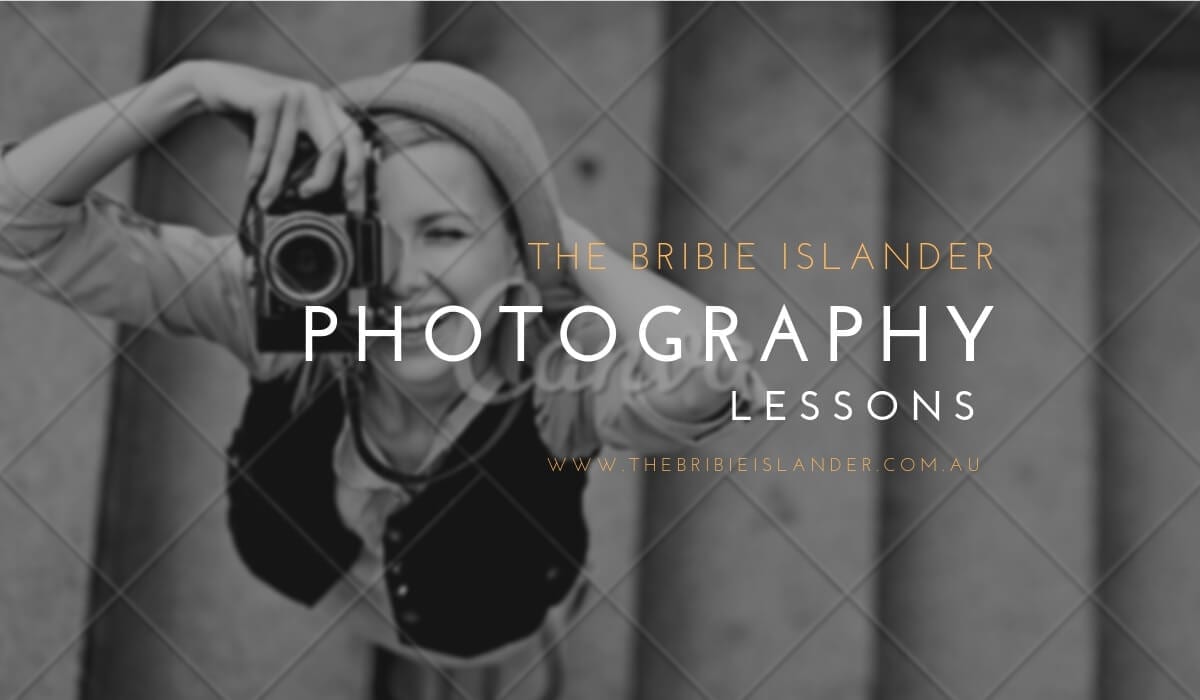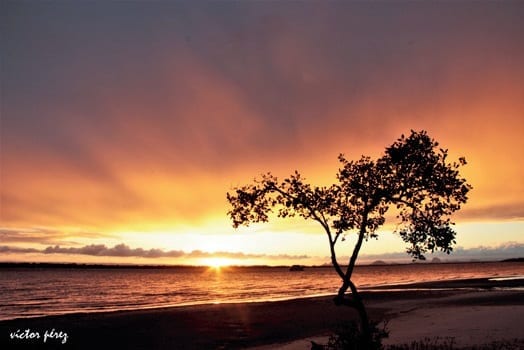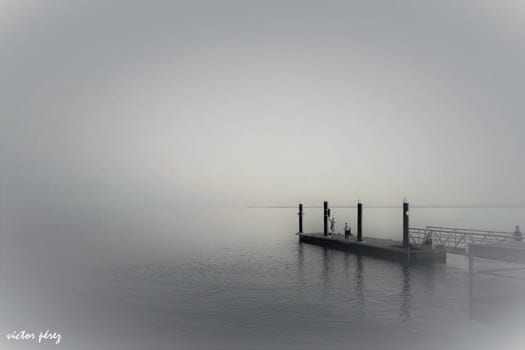Tags: Photography lessons. Tutorial. Class.
Even though photography is an ART, besides knowing your DSLR camera (and, sometimes, besides knowing your compact one, or, even, your smartphone) you might need some technical know-how. This tutorial has no aim other than to help the beginners. For deeper learning, please consult the Internet.
LESSON 5: COMPOSITION AND MESSAGE
Now that we know how to handle the light and how to set our camera, let’s speak about composition. The composition is how you organize the elements included in your photo. As it’s the most delicate part of photography, we could say that it’s the most important part. Why? Because -in my opinion- it’s a personal assessment. In that context, I agree with the authors who refuse any rule in composition: we can’t have a photography ‘grammar’. Therefore, as your picture is your own work of art, you compose it as you wish: do it as you feel like to do, even if somebody doesn’t like it.
The most important is you liking it. Pictures -photography, paint, drawing…- use a universal language: the visual language. It’s communication too, that’s the way you transmit a message. This message can be very simple or as complex as you want. You can use shapes, lines, points, colours, tones, light, shadows, etc., which you organize freely, as you wish. Besides, we must know that in composition there are some tools we can use to better transmit our message.
Some of these tools are Light, Colour, Texture, Proportion, Dimension Perspective & Movement. The aim is to communicate your message in your personal way without caring if people like it or not. As an example, I will try to describe the action photo attached that I took some months ago.
Movement
The direction of the subject, from ‘A’ to ‘B’, shows the action.
Dynamism
The capture of the water in ‘A’ gives dynamism and reinforce the action. Light: In ‘C’ we can see the backlight provided by the sun.
Perspective
In ‘E’ we have three areas: sand in the forefront, water in the middle and the jetty in the background.
Tones and colours
The difference between the sand, the water and the jetty (‘E’) gives depth to the scene.
Texture
In ‘D’ we can see the texture of the splashed water.
Key point
Finally, the key point, in ‘F’, is the ball. Without the ball no action and no photo. The special light of the ball shows that it’s the important point of the photo. That’s an example of the tools you can use to compose action photography.
Some essential tips
Straighten the horizon, especially when the ocean or the sea is in the background. The main subject of your picture must be in focus. If you are not happy with a photo, don’t show it, except if you want third opinions. Another exception to show a photo you are not very happy with is when your message is more important than the photo itself.
Next: Photography lesson 6


